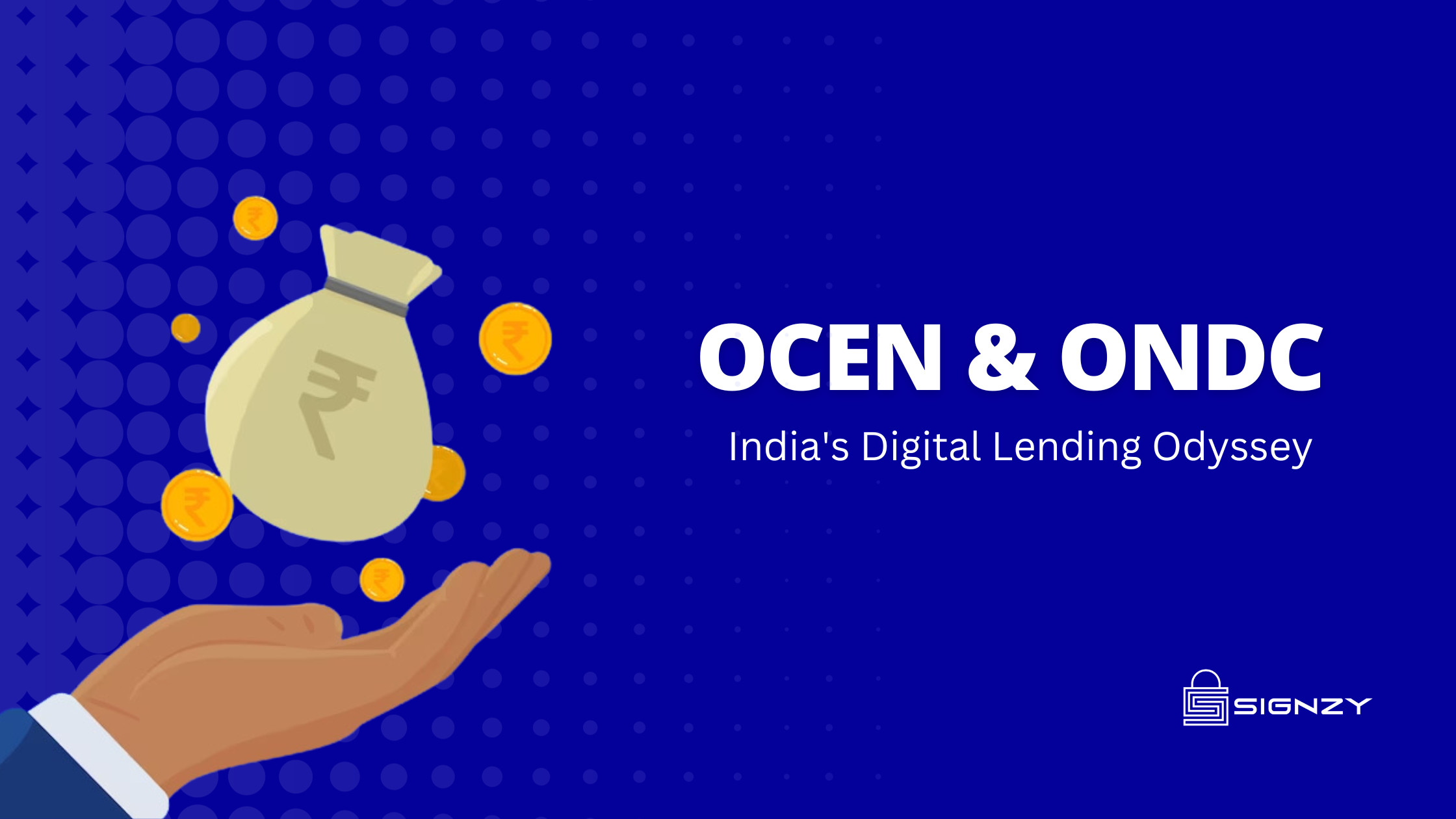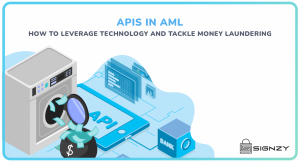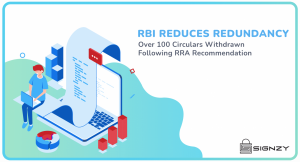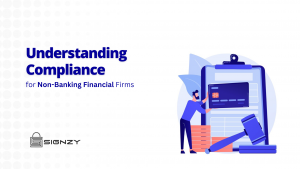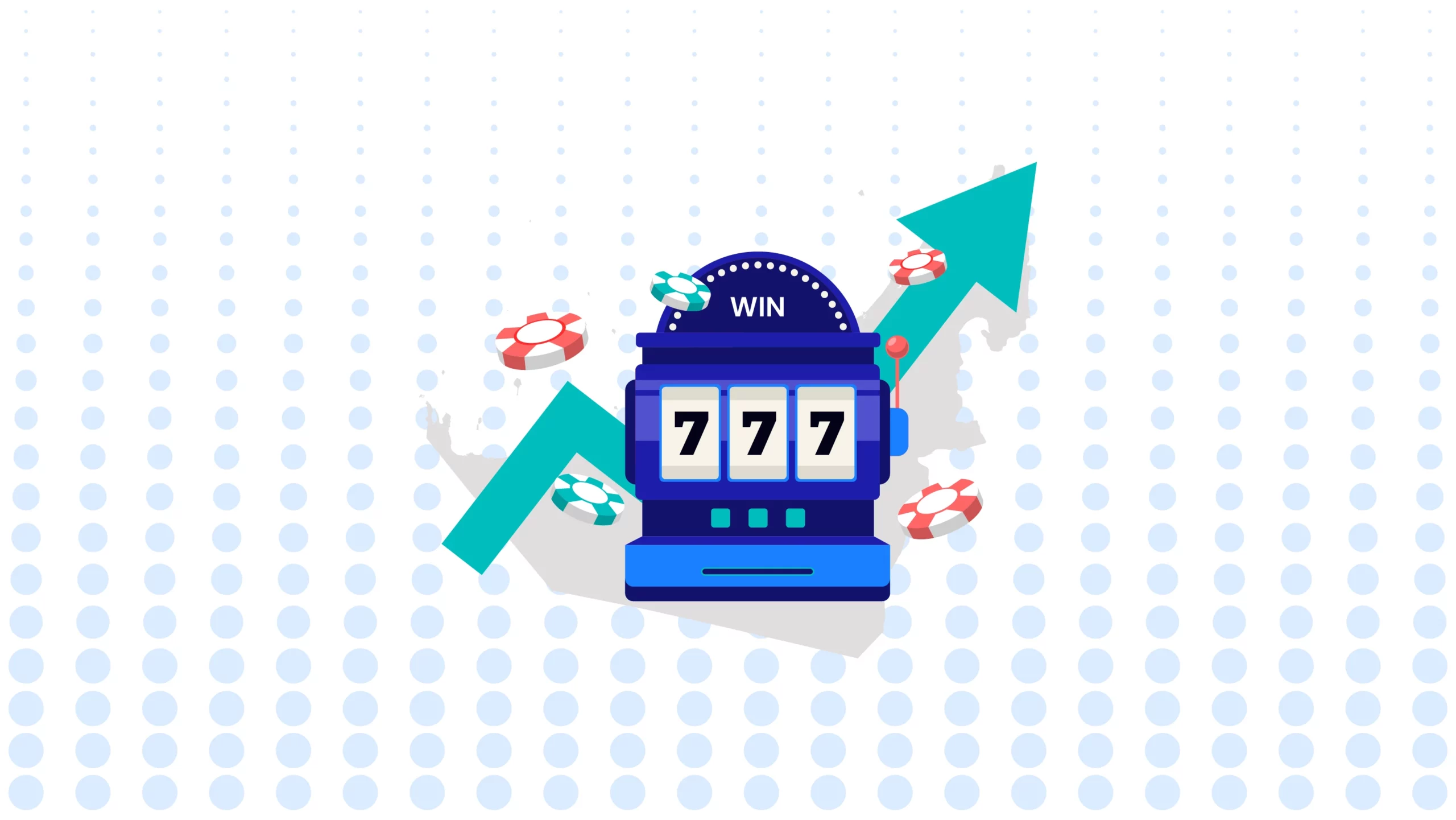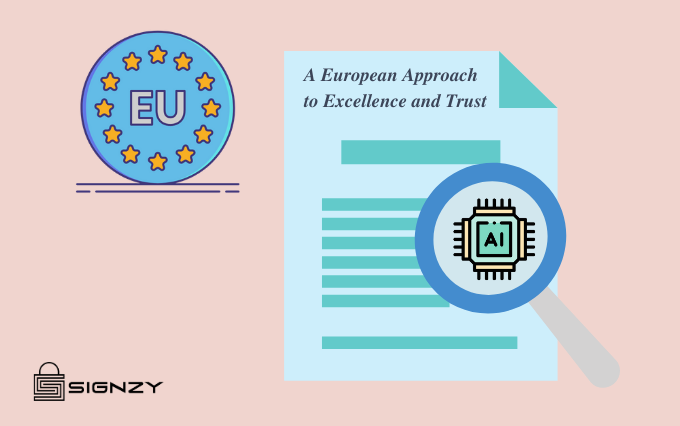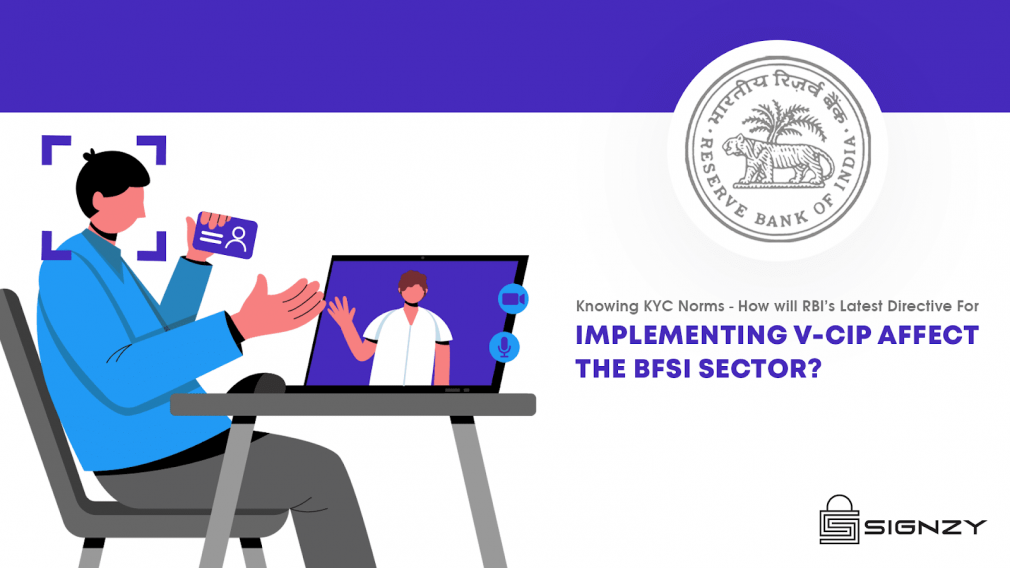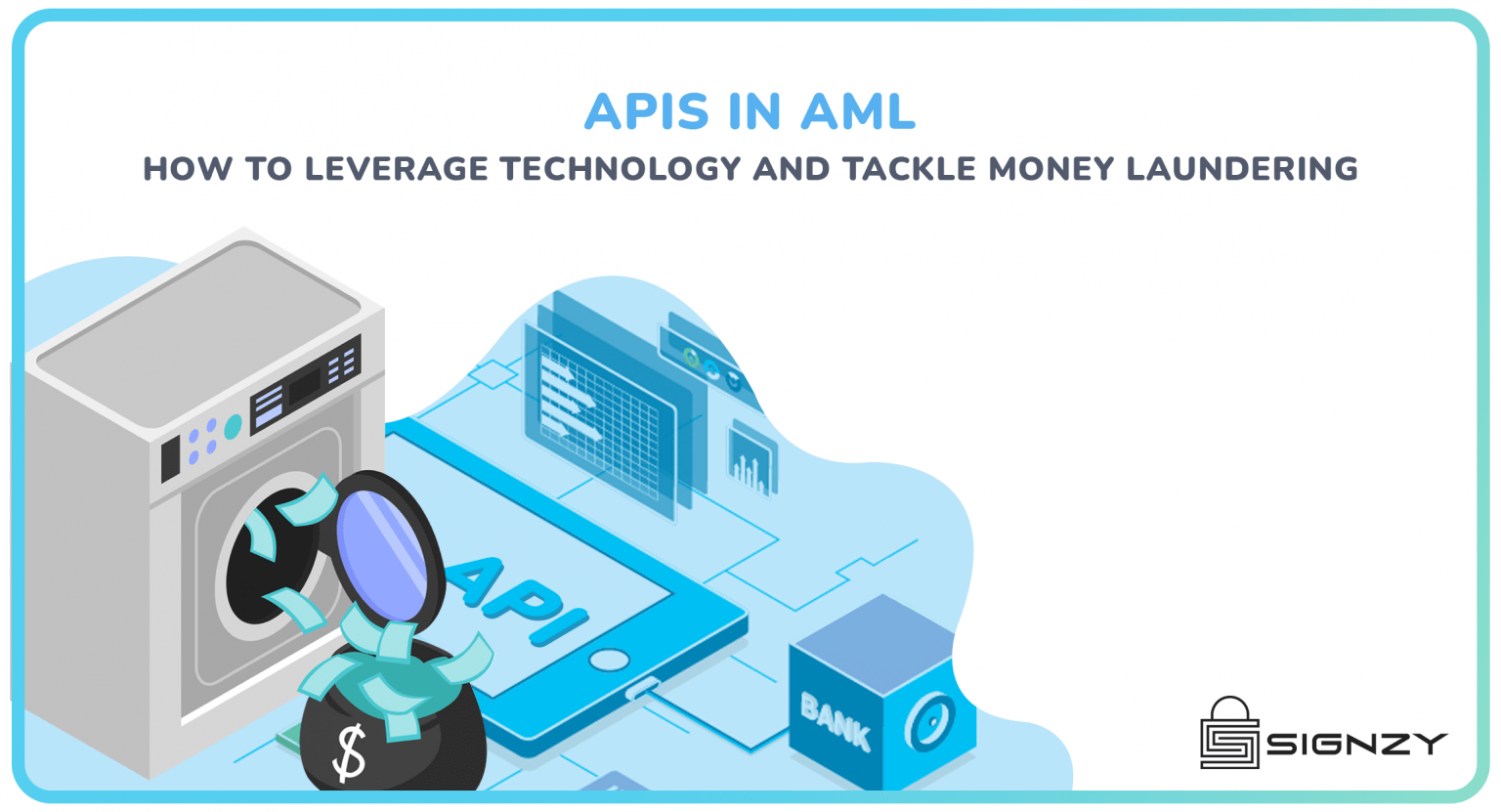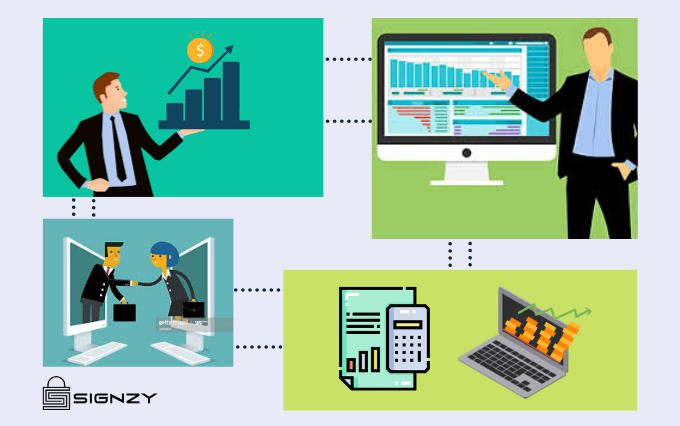In the rapidly evolving landscape of India’s digital infrastructure, the battle for supremacy in the digital lending sphere is intensifying between two key players: the Open Credit Enablement Network (OCEN) and the Open Network for Digital Commerce (ONDC). As the country continues to witness remarkable strides in financial technology, these platforms have emerged as pivotal contenders, each vying to reshape the future of digital lending. In this comprehensive exploration, we will dissect the intricacies of ONDC and OCEN, examining their visions, challenges, and the potential impact on India’s financial technology ecosystem.
What is OCEN?
Open Credit Enablement Network (OCEN) is a digital lending platform launched in July 2020 by the Bengaluru-based think tank iSpirt. Envisioned as the “UPI for credit,” OCEN aims to bridge the substantial credit gap for Micro, Small, and Medium Enterprises (MSMEs) in India, amounting to Rs 25 lakh crore. OCEN operates as a credit-protocol framework, utilizing a set of Application Programming Interfaces (APIs) to facilitate collateral-free loans for MSMEs based on their unpaid invoices. The platform leverages technologies developed by iSpirt, including the India Stack components such as Aadhaar, UPI, and Account Aggregator.
What is ONDC?
The Open Network for Digital Commerce (ONDC) is a government-backed initiative that initially set out to democratize e-commerce for MSMEs. However, in an expansion of its offerings, ONDC decided to incorporate financial services to address the credit needs of nearly 64 million cash-strapped MSMEs in India. ONDC focuses on easing access to formal credit by creating digital credit rails for MSMEs. The platform employs the Beck Protocol, a set of APIs co-created by Pramod Varma, who played a crucial role in architecting Aadhaar and UPI technologies.
Unveiling the UPI Parallels
Before delving into the specific dynamics of ONDC and OCEN, it’s imperative to draw parallels with the Unified Payments Interface (UPI), which achieved unparalleled success not only in transaction volumes but also in uniting diverse participants on a single payment network. This historical context lays the foundation for understanding the dynamics at play in the digital lending space and the potential parallels that may arise.
ONDC’s Mission for MSMEs
As a government-backed initiative, ONDC initially sought to democratize e-commerce for micro, small, and medium enterprises (MSMEs). However, in a strategic move, it expanded its purview to include financial services, aiming to address the formidable MSME credit gap amounting to Rs 25 lakh crore. The core objective is to facilitate access to formal credit for the nearly 64 million cash-strapped MSMEs, particularly through cash-flow financing.
OCEN’s Struggle for Traction
Contrastingly, OCEN, conceived by the Bengaluru-based think tank iSpirt, entered the scene in July 2020 with the ambitious goal of becoming the “UPI for credit.” Despite having major players like ICICI Bank, Kotak Mahindra Bank, and Aditya Birla Finance on board, OCEN faced challenges in gaining significant traction. By September, it had facilitated only around Rs 21 crore in loans, prompting reflections on whether it was undergoing a growth cycle similar to UPI’s early years.
How OCEN and ONDC will be helping people and businesses in India
OCEN’s Contribution:
OCEN aims to address the Rs 25 lakh crore MSME credit gap by providing collateral-free loans based on unpaid invoices. It operates on the GeM Sahay app, facilitating credit for MSMEs engaged in procuring goods and services for government departments and organizations. By leveraging the OCEN framework, MSMEs can access digital credit rails, enhancing their financial flexibility and enabling smoother business operations.
ONDC’s Role:
ONDC endeavors to democratize e-commerce and extend its reach to the MSME sector. By incorporating financial services, ONDC aims to ease access to formal credit for MSMEs, which are often cash-strapped due to the buy-with-cash, sell-on-credit model. The platform seeks to bridge the gap between lenders and MSMEs through digital credit rails, fostering a more inclusive and accessible financial ecosystem.
Navigating the Parallels and Contrasts
Both ONDC and OCEN share a common goal of leveraging cash-flow financing to penetrate the MSME lending space. Their frameworks exhibit similarities, relying on marketplace implementation, account aggregators, Aadhaar, and UPI. However, the devil lies in the details — distinct terminologies, standards, and protocols pose challenges, giving rise to a scenario where two entities pursue a common goal with separate frameworks.
The Road Ahead: Opportunities and Challenges
While Sharad Sharma, co-founder of iSpirt, asserts that OCEN is traversing a growth cycle akin to UPI, ONDC has entered the arena with a strikingly similar offering. Both platforms are aggressively onboarding lenders and fintech partners, with an overlap in their lists of participating financial institutions. However, the challenge of collaboration persists due to their distinctive standards and terminologies, akin to the Android versus iOS dichotomy.
The Lender’s Dilemma
A critical hurdle faced by both ONDC and OCEN is the reluctance of lenders, particularly larger institutions, who fear reduced margins. Analogous to the impact of UPI on traditional banking, there’s apprehension that these digital lending networks may relegate lenders to mere conduits, eroding their profit margins. Convincing large lenders that reduced distribution costs will only be advantageous at scale remains a formidable challenge.
Decoding the Promise of ONDC and OCEN
Looking forward, both ONDC and OCEN hold the promise of revolutionizing India’s digital lending landscape. ONDC, with its focus on ‘Selection,’ and OCEN, emphasizing ‘Collections First,’ are poised to unlock innovative types of loan offerings. The integration of Account Aggregators emerges as a linchpin, ensuring secure data exchange between borrowers and lenders, a cornerstone for fostering trust in digital lending.
Charting the Course for a Transformative Decade
As India’s digital lending landscape undergoes a metamorphosis, the efforts of ONDC and OCEN, complemented by initiatives like Account Aggregator, signal a transformative decade for the industry. Despite the complexities, competition, and the challenge of collaboration, the overarching goal of delivering affordable credit for the underserved remains paramount. With standardized rails emerging, the industry can anticipate a more streamlined and efficient digital lending ecosystem, shaping the financial technology landscape in the years to come.
The transformation of several NBFCs serving the last mile into digitally-oriented entities, adopting a ‘phygital’ approach, along with fintechs aligning with market realities, adds a layer of dynamism to the evolving credit space. As standardized rails begin to emerge, reducing the need for custom technology integrations, the industry can anticipate a more streamlined and efficient digital lending ecosystem. While there may be hiccups along the way, as seen in recent BNPL spurts resulting in high NPAs, the collective efforts in this decade instill hope for reaching an equilibrium where affordable credit for the underserved becomes a reality. The convergence of these initiatives holds the promise of shaping an exciting future for the financial technology landscape in India.
About Signzy
Signzy is a market-leading platform redefining the speed, accuracy, and experience of how financial institutions are onboarding customers and businesses – using the digital medium. The company’s award-winning no-code GO platform delivers seamless, end-to-end, and multi-channel onboarding journeys while offering customizable workflows. In addition, it gives these players access to an aggregated marketplace of 240+ bespoke APIs, easily added to any workflow with simple widgets.
Signzy is enabling ten million+ end customer and business onboarding every month at a success rate of 99% while reducing the speed to market from 6 months to 3-4 weeks. It works with over 240+ FIs globally, including the 4 largest banks in India, a Top 3 acquiring Bank in the US, and has a robust global partnership with Mastercard and Microsoft. The company’s product team is based out of Bengaluru and has a strong presence in Mumbai, New York, and Dubai.
Visit www.signzy.com for more information about us.
Contact us directly!
